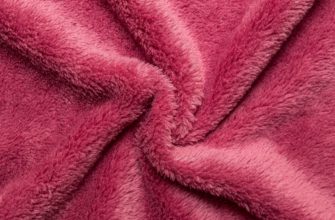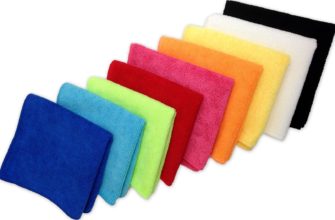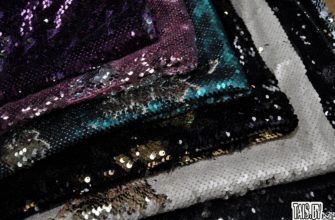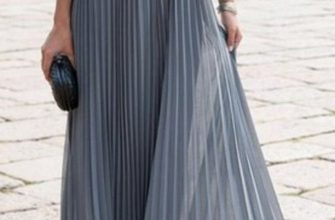Sportswear is worn not only in the gym, but also on walks, trips or as home wear. What fabric are sports suits made of, what are the requirements? First of all, the material should be durable, breathable, comfortable. Most often, "blends" are used when sewing, the most popular fabrics are sportex, footer and diving.
Requirements for fabrics for sportswear
Sportswear should be comfortable enough, not restricting movement, and not distracting. The fabric for sportswear itself should meet certain medical requirements:
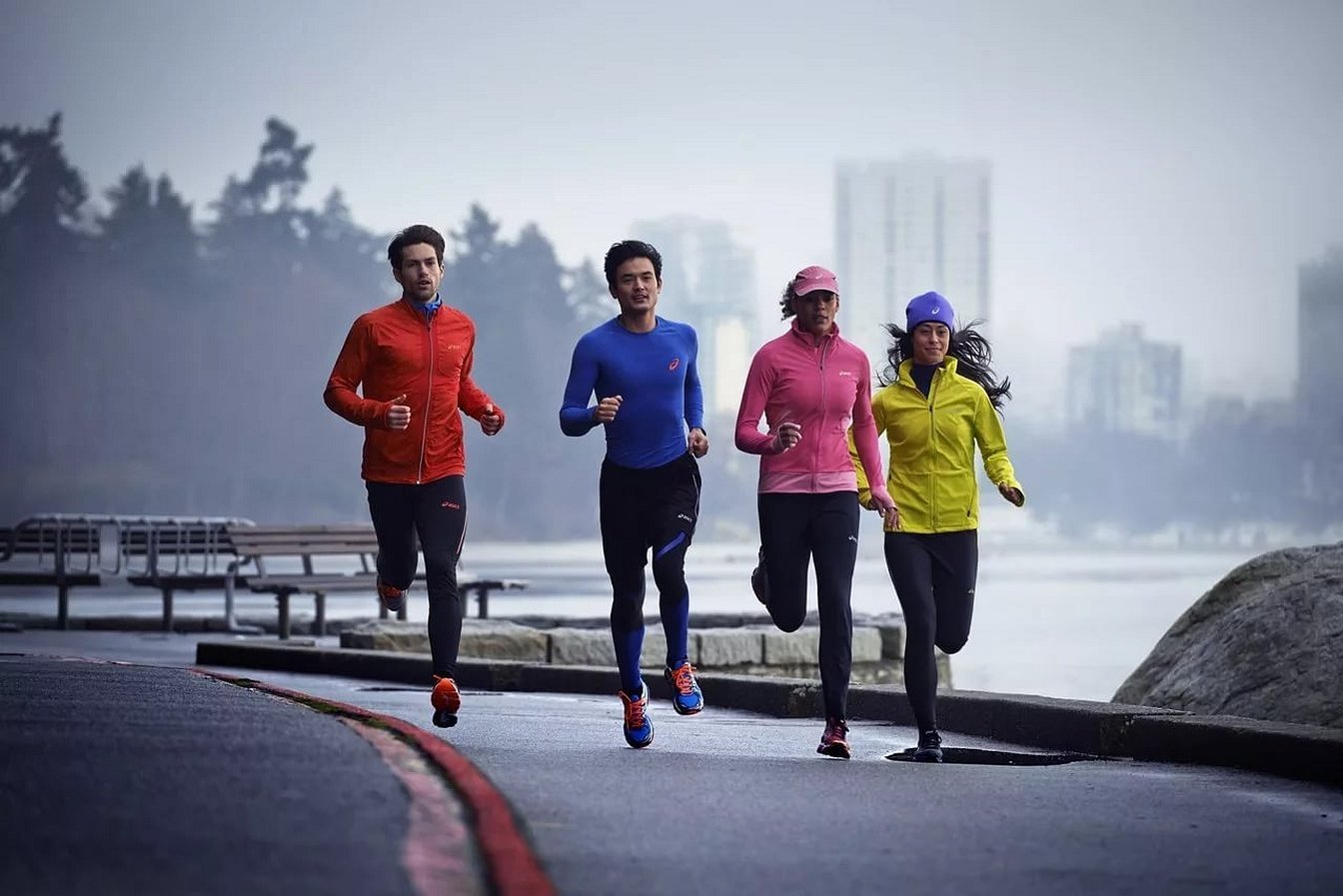
- Good air permeability;
- Provide heat exchange and ventilation: otherwise the athlete will quickly overheat;
- Absorb moisture: the material should absorb sweat and not leave it on the body, creating a sauna effect;

- The product should not cause allergies or irritation;
- The material must be wear-resistant and able to withstand loads and abrasion;
- Winter clothing should be warm but lightweight, breathable and water-repellent.
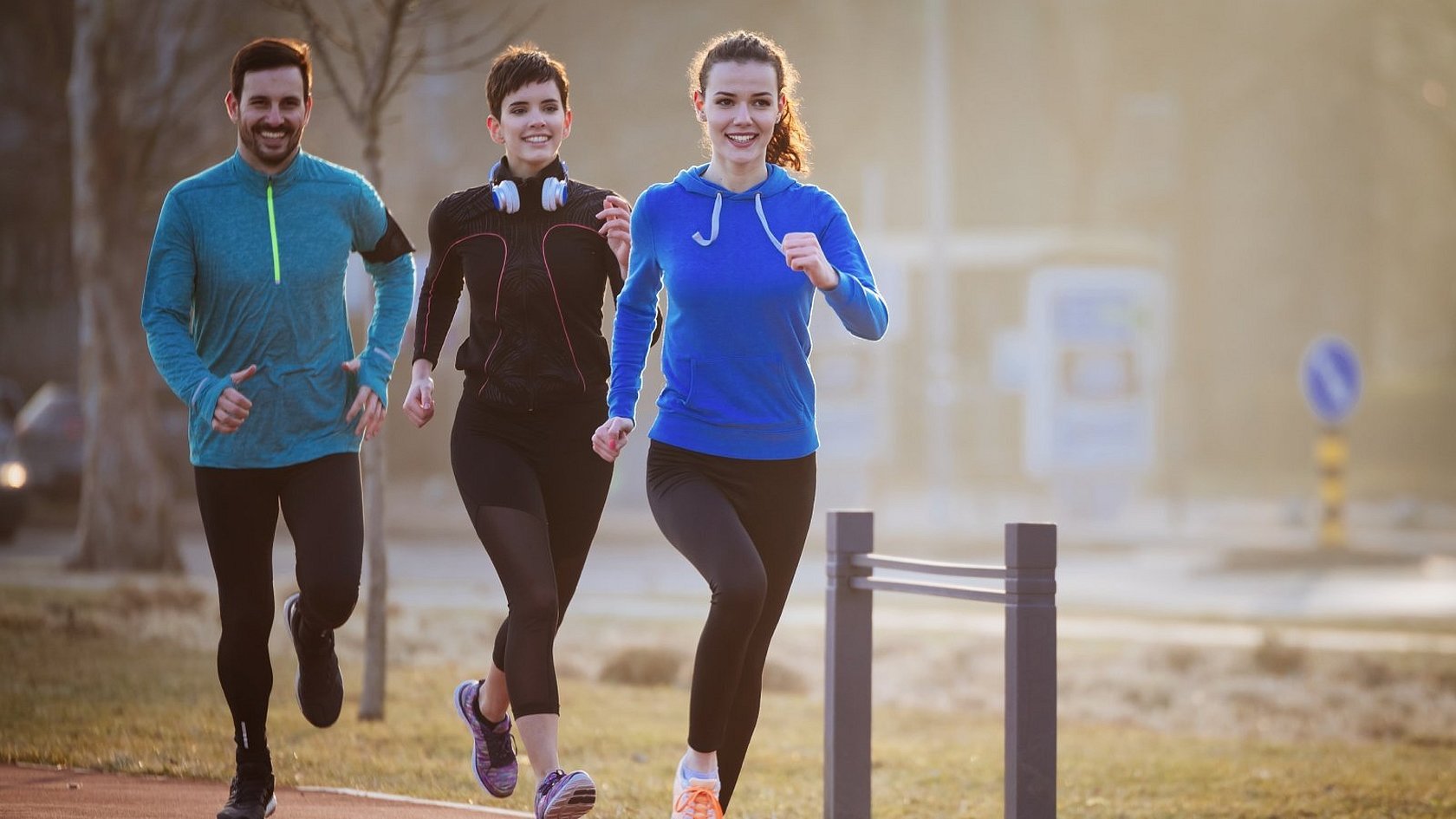
Many people also pay attention to attractive appearance and colors: some want their clothes to be bright and positive, while others choose discreet colors.
Natural or synthetic
The fabric for sports suits can be natural or synthetic. Each option has its own advantages and disadvantages.

Natural materials are flax, wool, cotton. Their advantages include:
- Good air permeability;
- Absorb moisture well;
- Hypoallergenic and comfortable.
Their disadvantages include poor elasticity, which makes clothes fit worse and quickly lose their shape when washed frequently. In addition, they wrinkle quickly.
Synthetic fabrics are elastane, polyester, polyamide. Their features include:
- Strength and durability;
- They hold their shape well and stretch easily without wrinkling.
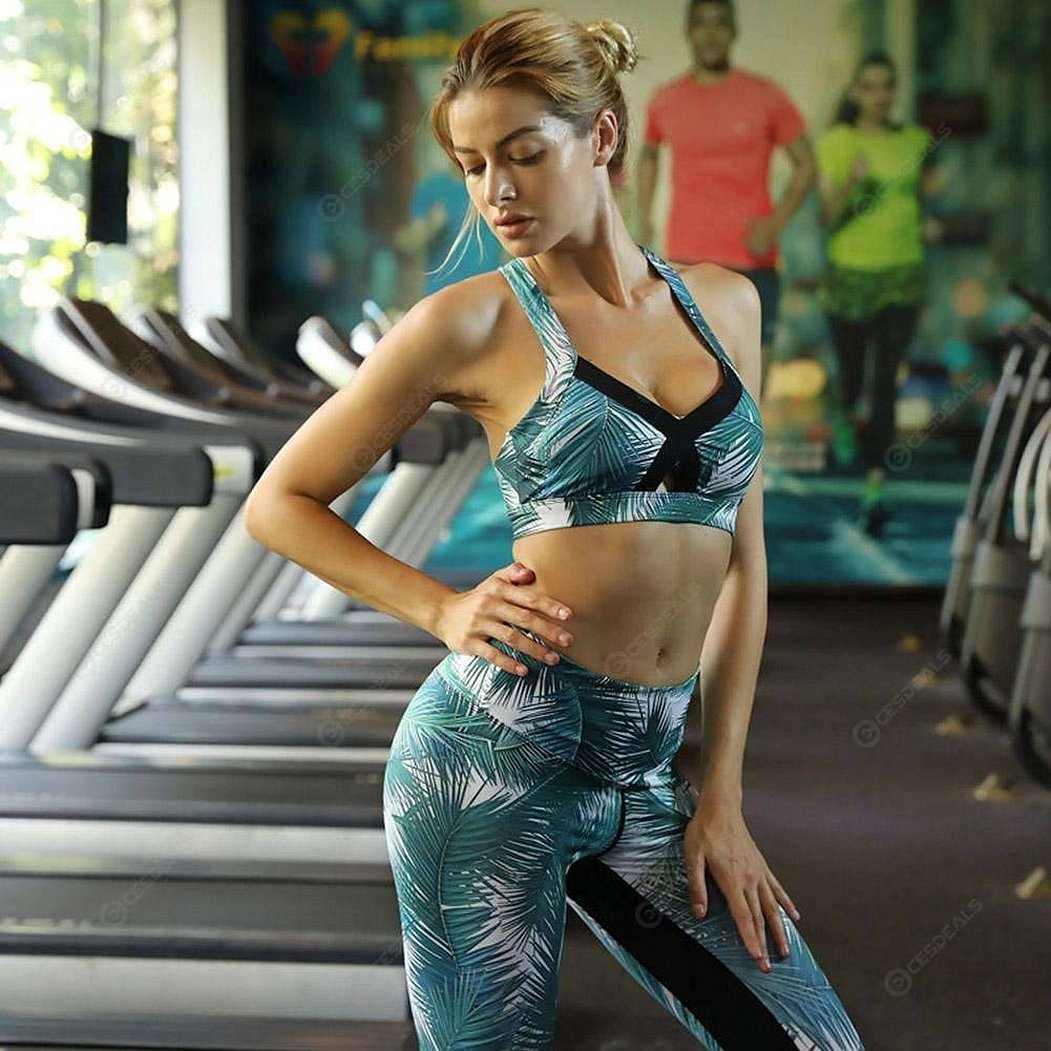
The disadvantages of synthetics are poor breathability.
Important! Most often, manufacturers use blended fabrics that combine the advantages of natural and synthetic materials.
Fleece: comfort with brushed finish
Footer is a natural cotton fabric. Due to its inherent properties, it is even used for children's clothing. The front surface is smooth and dense, slightly silky, the back has a short, pleasant pile.
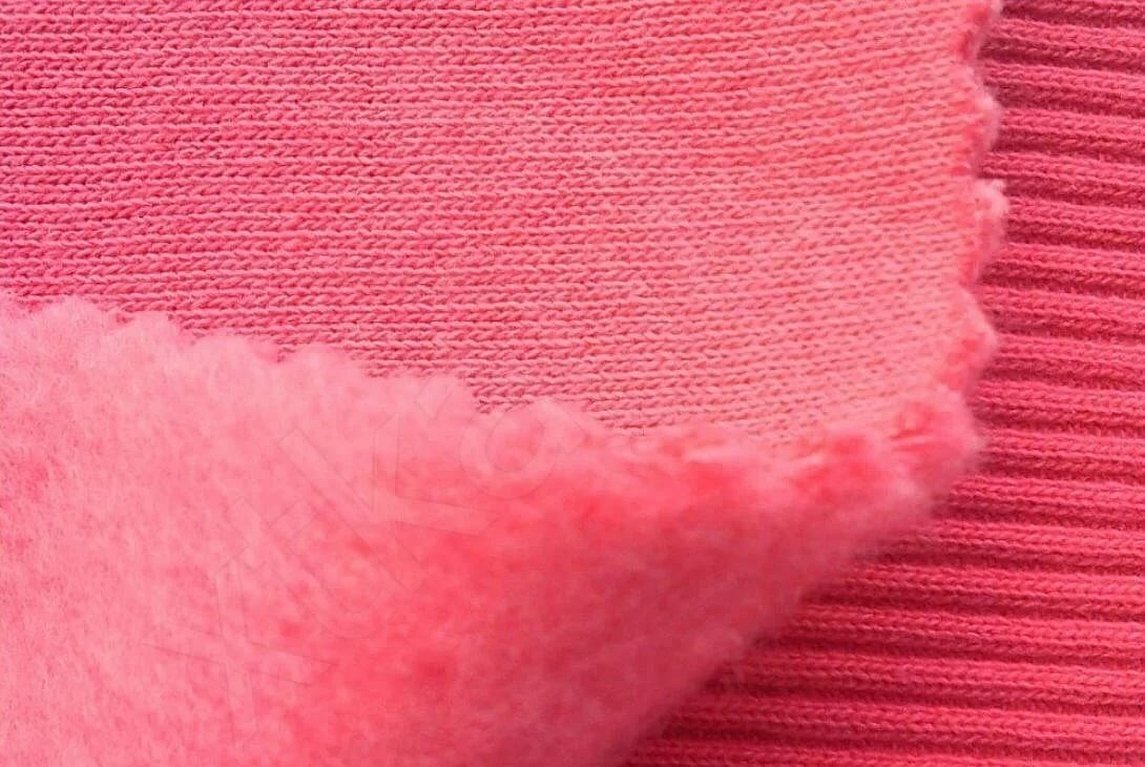
Footer is woven from 2 types of threads: smooth, strong at the base and soft, loose, slightly twisted. Sometimes synthetics are added to improve elasticity: lycra, elastane.
Important! Footer is not woven, but knitted with broaches: loops of threads are firmly fastened together, but retain elasticity.
Types of footer
There are several types of footer fabric:
- Single-thread (no synthetics): light, soft, thin, used to sew children's suits;
- Double-thread: more durable and comfortable, used for sewing robes, pajamas, inexpensive sportswear and warm clothing.
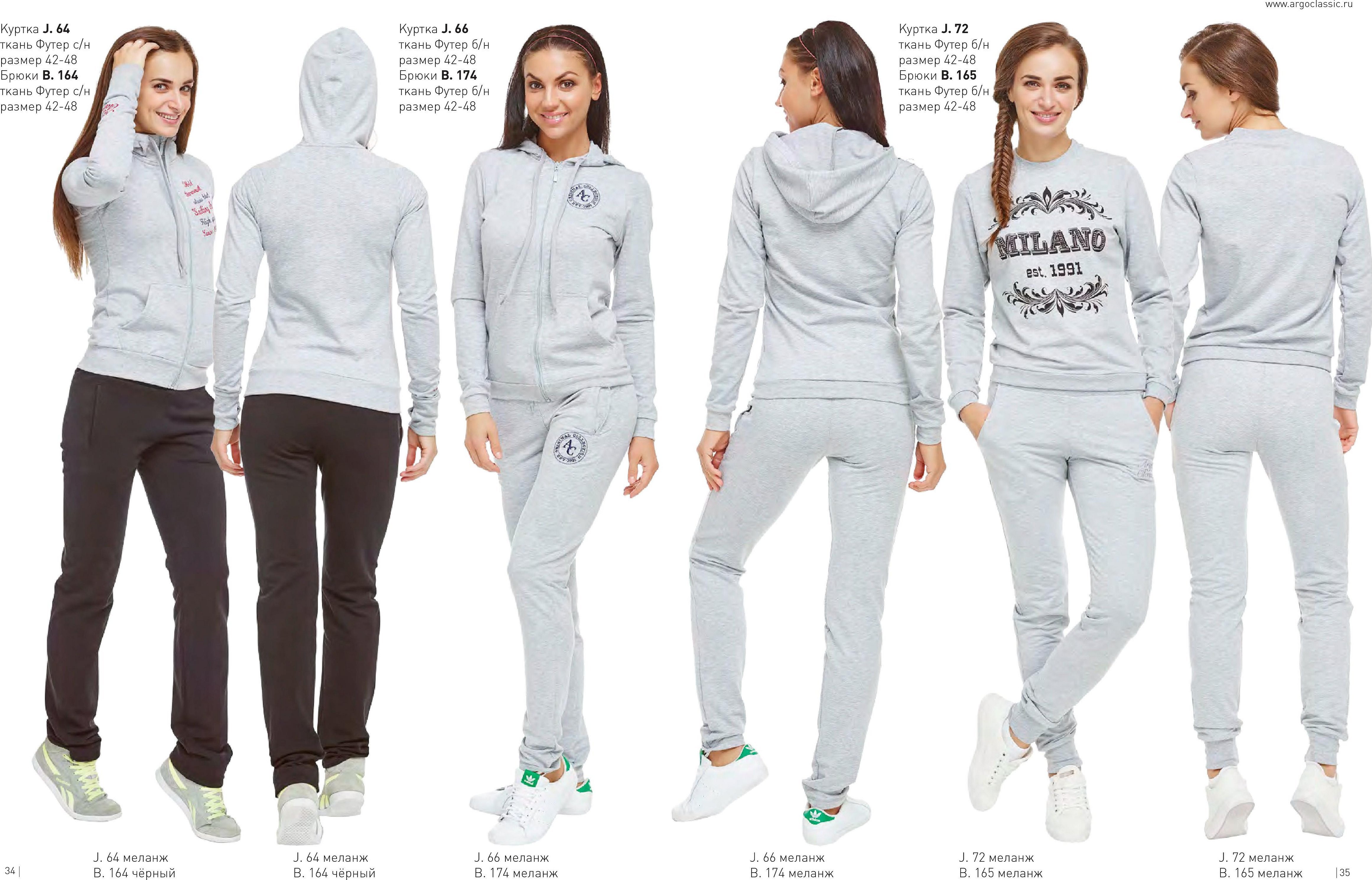
- Three-thread: the densest, warmest, has pile inside, cotton, wool and synthetics are used. It is used in sewing warm sports suits and outerwear.
Properties of fleece fabrics
Footer is actively used in the production of sportswear. It owes its popularity primarily to its properties:
- Breathability;
- Wear resistance: clothes do not wrinkle, do not deform even after many washes, and do not develop scuffs or pellets;
- Resistance to dirt: the material is difficult to stain and easy to wash;
- Eco-friendliness: being 80% natural, the fabric does not cause irritation or allergies.
The only drawback is poor tolerance to direct sunlight: clothes lose color and shape.
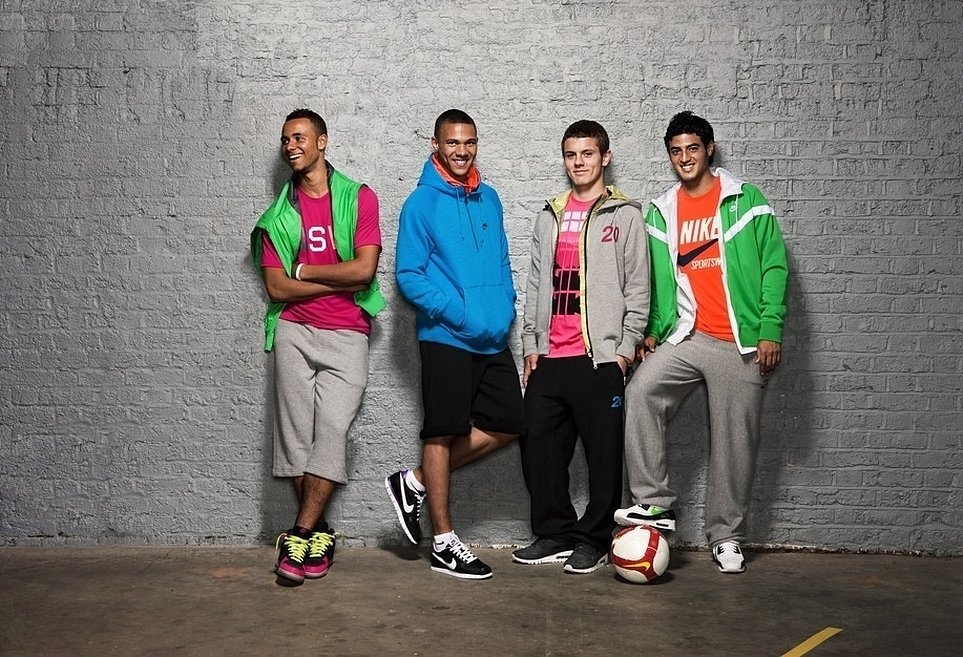
Caring for sportswear made of footer
A sweatsuit made of footer is not demanding, but it is still recommended to follow some conditions:
- Washing temperature: up to + 40 degrees;
- It is better not to wring out equipment made of thick fabric, but to blot it with a towel;
- You can't dry clothes in the sun or on a radiator - they will fade. Thin things can be hung on hangers, thick ones - laid out on a surface.
Diving – elastic beauty
Leggings fabric - what is it called? Its other names are "sports knitwear" or "second skin". Diving is a knitted mixed material made of viscose, polyester and lycra, a sports knitwear fabric. Artificial viscose "occupies" 50-70% of the entire composition, lycra and polyester add increased strength and elasticity to the material.
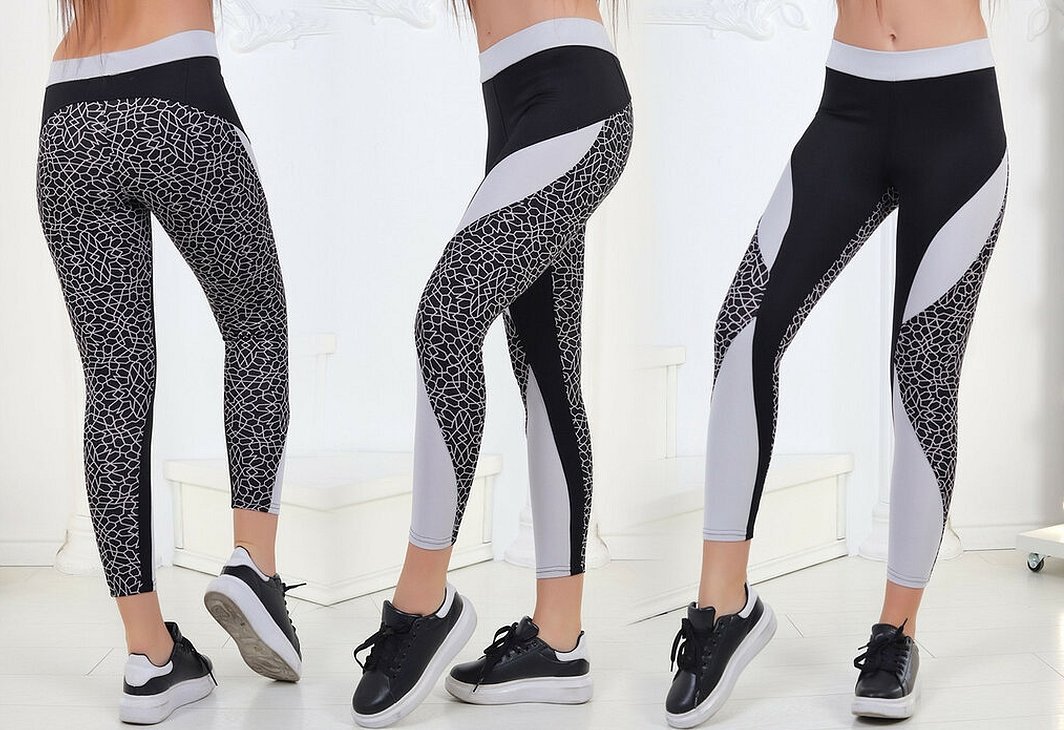
The fabric is divided into 2 types:
- Microdiving: thin, light and extremely elastic. Used in sewing swimsuits, track and field clothing and gymnastics.
- Crepe diving: denser and more durable, characterized by highly twisted fibers. Women's and men's suits for cyclists, motorsports and parachuting are sewn.
Advantages and disadvantages
The advantages of diving fabric include:
- Increased elasticity and tightening ability;
- Waterproof: water runs off the fabric without penetrating inside;
- Wrinkle-resistant and easy to care for;
- High wear resistance: diving clothing is almost impossible to damage mechanically;
- Ease of sewing: thanks to increased elasticity, the suits do not need to be adjusted to fit the figure;
- A wide variety of colors.
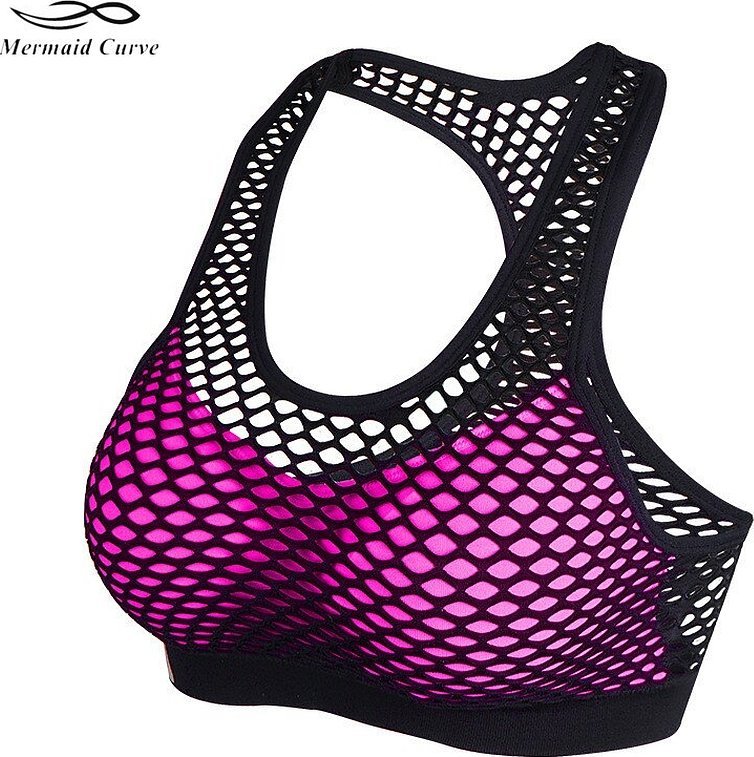
Diving also has a number of disadvantages:
- The material is not completely breathable and therefore should not be worn every day;
- May cause irritation and allergies.
Diving care: it couldn't be easier
Diving is easy to care for:
- You can wash it both by hand and in a washing machine;
- The water temperature should not be higher than +30 degrees;
- The product does not need to be wrung out, just hung up to allow the water to drain;
- No ironing required.
How to choose: useful tips
When choosing clothes, it is worth paying attention to several nuances:
- It should be comfortable to move and exercise in: squat, jump, stretch;
- It is better to opt for a blended fabric;
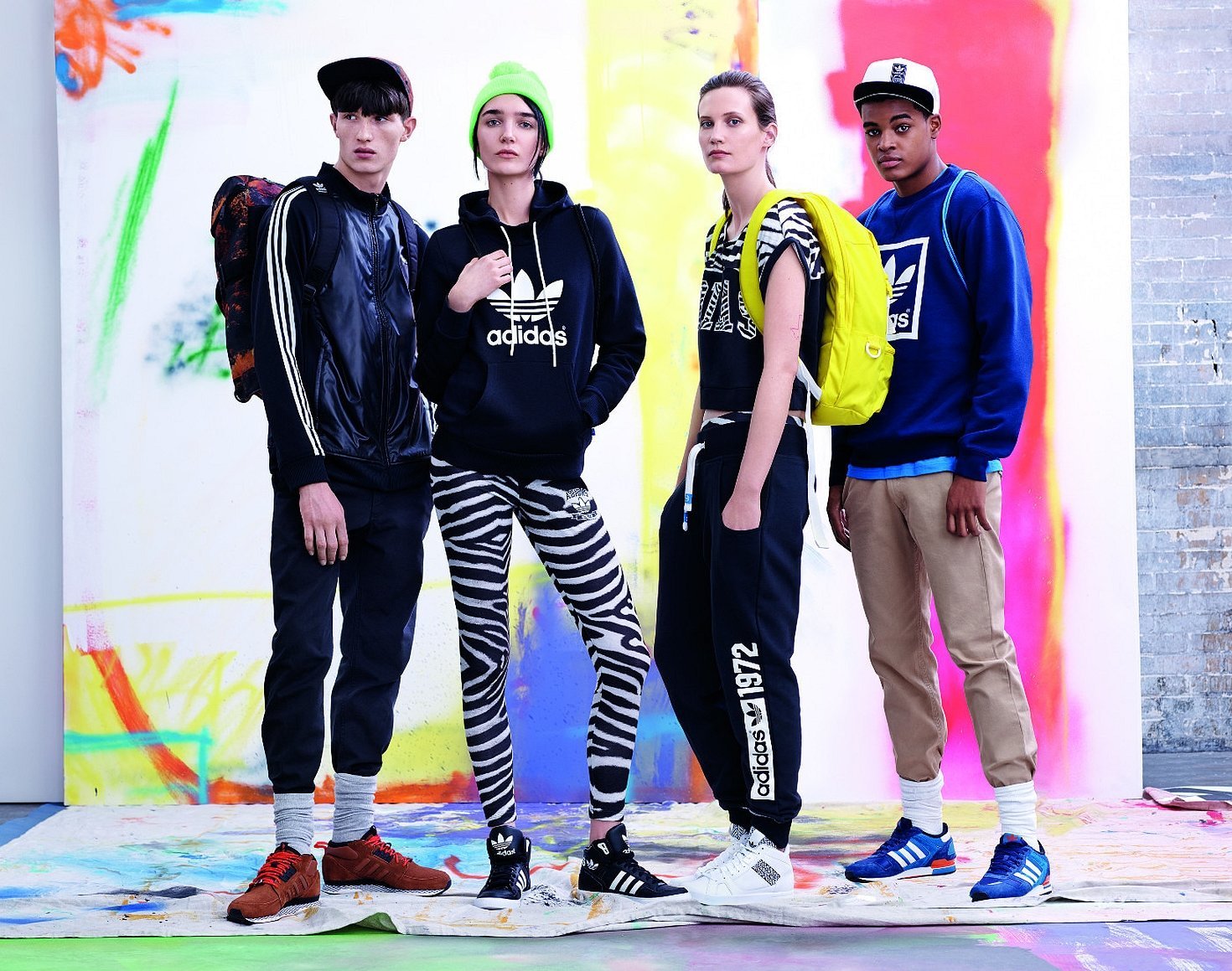
- When choosing a suit made of futen, it is important to consider the inside: some manufacturers, in order to reduce costs, glue a thin layer of cotton wool instead of fleece, which will disappear after the first wash;
- When choosing winter models, it is worth paying attention to the temperature conditions, and also reading reviews in advance: a suit designed for European -10-15 degrees may not withstand the Russian winter.
Increased requirements are applied to sports fabrics. They must be wear-resistant and durable, retain their appearance after frequent washing and not fade, be breathable and absorb moisture. In addition, they must be pleasant and comfortable to exercise in.

